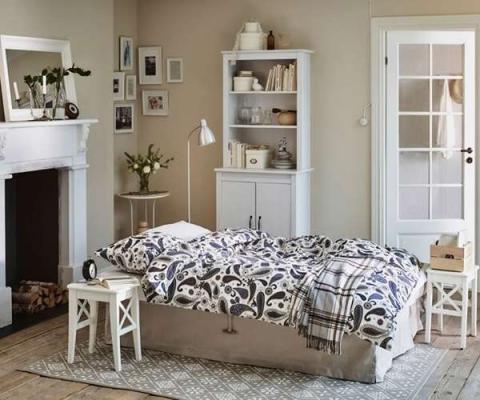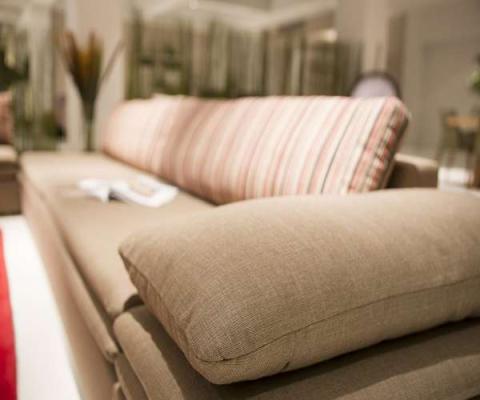In today’s fast-paced corporate world, creating an optimal work environment is crucial to employee productivity and well-being. One often overlooked aspect of a productive workspace is the furniture. Well-designed office furniture not only adds aesthetic appeal to the workspace but also plays a significant role in improving employee comfort, health, and ultimately, their performance. In this article, we will explore the importance of selecting the right furniture for office staff and how it can enhance workplace productivity. 1. Ergonomics: Ergonomics is the science of designing furniture and workstations that adapt to the needs of the employees, promoting a healthy and efficient working experience. Ergonomically designed chairs that offer lumbar support and adjustable features such as height and armrests can significantly reduce the risk of musculoskeletal disorders and chronic pains caused by prolonged sitting. Investing in ergonomic workstations can lead to fewer sick days, improved focus, and increased overall productivity.
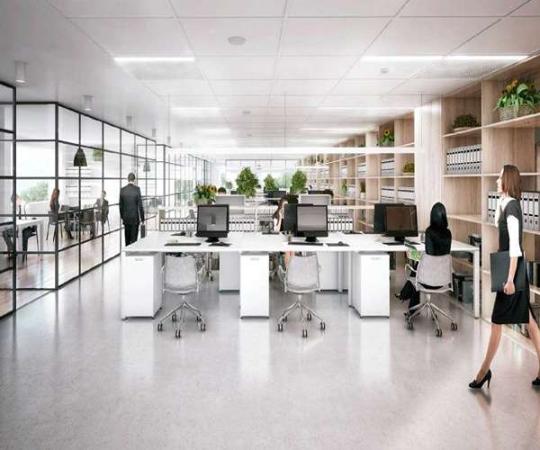
.
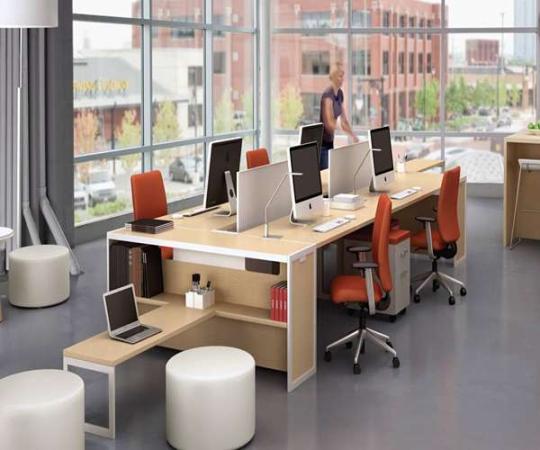 2. Collaborative Spaces: Office layouts are evolving, and collaborative spaces have become an integral part of modern workplaces. Collaborative furniture, such as modular seating arrangements, comfortable sofas, and flexible tables, encourage brainstorming, teamwork, and creativity among office staff. These furniture pieces can be easily rearranged to cater to different types of collaborative activities, fostering a sense of collaboration and community within the office. Employees who have access to well-designed collaborative spaces are more likely to share ideas, solve problems more creatively, and generate innovative solutions. 3. Storage Solutions: A disorganized workspace can negatively impact productivity as employees spend valuable time searching for documents or supplies.
2. Collaborative Spaces: Office layouts are evolving, and collaborative spaces have become an integral part of modern workplaces. Collaborative furniture, such as modular seating arrangements, comfortable sofas, and flexible tables, encourage brainstorming, teamwork, and creativity among office staff. These furniture pieces can be easily rearranged to cater to different types of collaborative activities, fostering a sense of collaboration and community within the office. Employees who have access to well-designed collaborative spaces are more likely to share ideas, solve problems more creatively, and generate innovative solutions. 3. Storage Solutions: A disorganized workspace can negatively impact productivity as employees spend valuable time searching for documents or supplies.
..
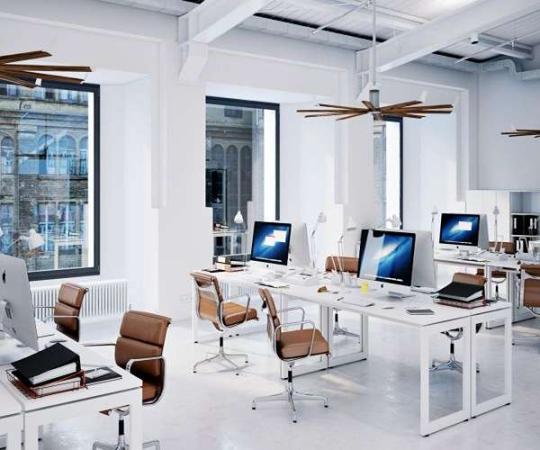 Effective storage solutions, such as filing cabinets, bookshelves, and desktop organizers, help keep work areas clutter-free and promote a sense of orderliness. By providing ample storage options, office furniture allows employees to maintain an organized and efficient work environment, enabling them to focus on tasks at hand and increase their productivity. 4. Technology Integration: In today’s digital age, technology integration has become a necessity in the workplace. Office furniture should accommodate the use of modern technology seamlessly. Furniture with built-in charging stations, cord management systems, and integrated wire management can streamline the use of electronics, reducing clutter and improving the overall aesthetics of the workspace. Easy access to technology ensures that employees can work seamlessly without disruptions, allowing them to remain focused and productive throughout the day.
Effective storage solutions, such as filing cabinets, bookshelves, and desktop organizers, help keep work areas clutter-free and promote a sense of orderliness. By providing ample storage options, office furniture allows employees to maintain an organized and efficient work environment, enabling them to focus on tasks at hand and increase their productivity. 4. Technology Integration: In today’s digital age, technology integration has become a necessity in the workplace. Office furniture should accommodate the use of modern technology seamlessly. Furniture with built-in charging stations, cord management systems, and integrated wire management can streamline the use of electronics, reducing clutter and improving the overall aesthetics of the workspace. Easy access to technology ensures that employees can work seamlessly without disruptions, allowing them to remain focused and productive throughout the day.
…
 5. Breakout Areas: Creating designated breakout areas within the office can prove to be a valuable addition. Comfortable seating options, such as soft seating, lounge chairs, and high tables, encourage employees to take regular breaks and recharge. Incorporating furniture that encourages relaxation and informal conversations can have a positive impact on employee morale, creativity, and overall wellbeing. Breakout areas serve as spaces for employees to rejuvenate, collaborate, and build stronger relationships with their colleagues, ultimately enhancing productivity and job satisfaction. Conclusion: When it comes to office furniture, aesthetics are not the only consideration. Thoughtfully selecting furniture that prioritizes ergonomics, collaboration, storage solutions, technology integration, and breakout areas can significantly enhance workplace productivity. By investing in quality furniture that meets the diverse needs of office staff, companies can create a workspace that promotes employee health, happiness, and efficiency, resulting in a positive work environment and improved overall business outcomes.
5. Breakout Areas: Creating designated breakout areas within the office can prove to be a valuable addition. Comfortable seating options, such as soft seating, lounge chairs, and high tables, encourage employees to take regular breaks and recharge. Incorporating furniture that encourages relaxation and informal conversations can have a positive impact on employee morale, creativity, and overall wellbeing. Breakout areas serve as spaces for employees to rejuvenate, collaborate, and build stronger relationships with their colleagues, ultimately enhancing productivity and job satisfaction. Conclusion: When it comes to office furniture, aesthetics are not the only consideration. Thoughtfully selecting furniture that prioritizes ergonomics, collaboration, storage solutions, technology integration, and breakout areas can significantly enhance workplace productivity. By investing in quality furniture that meets the diverse needs of office staff, companies can create a workspace that promotes employee health, happiness, and efficiency, resulting in a positive work environment and improved overall business outcomes.
